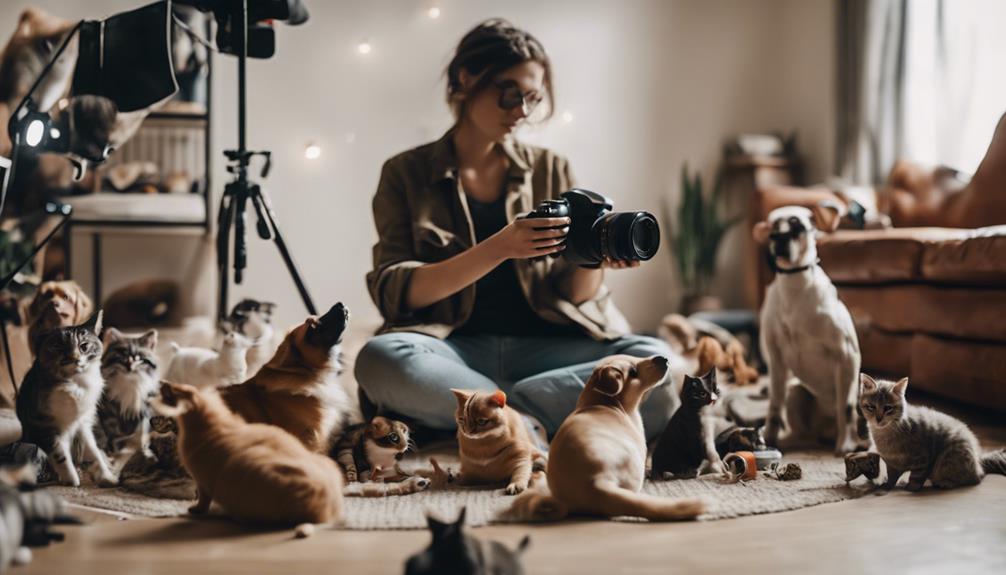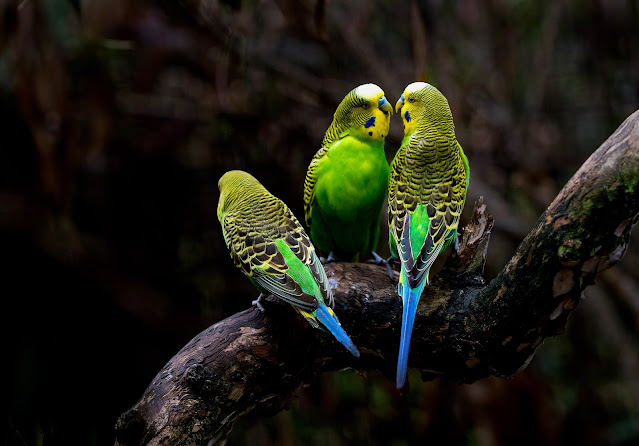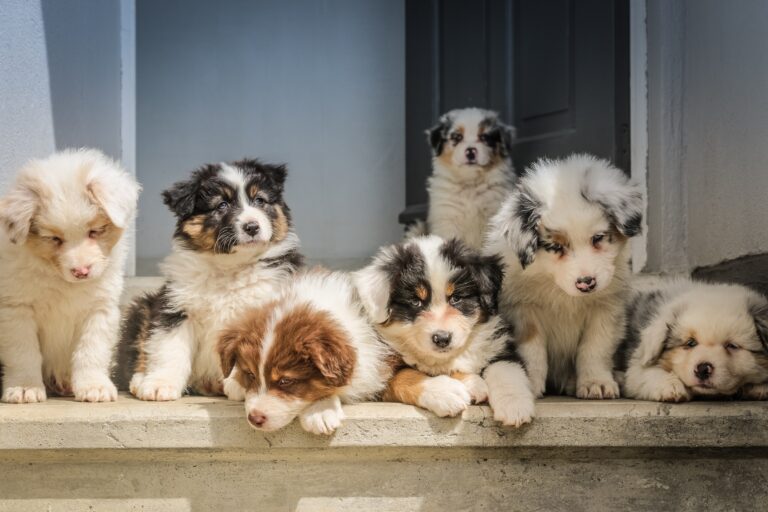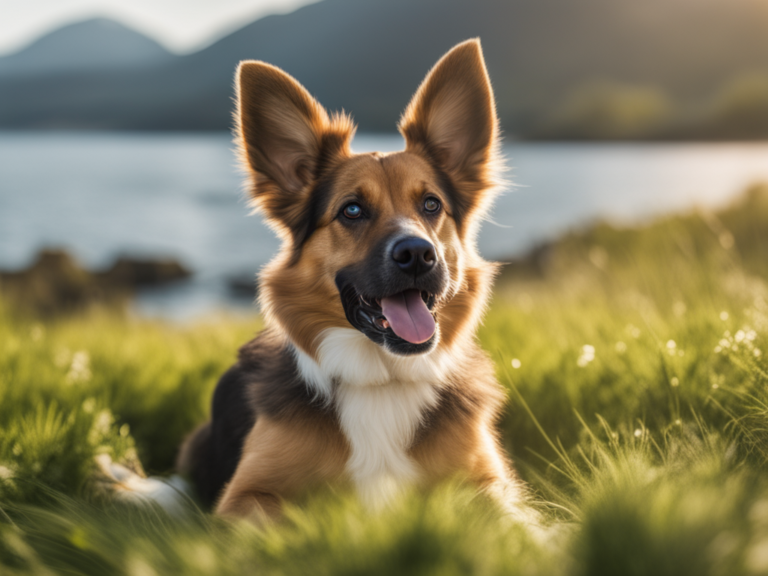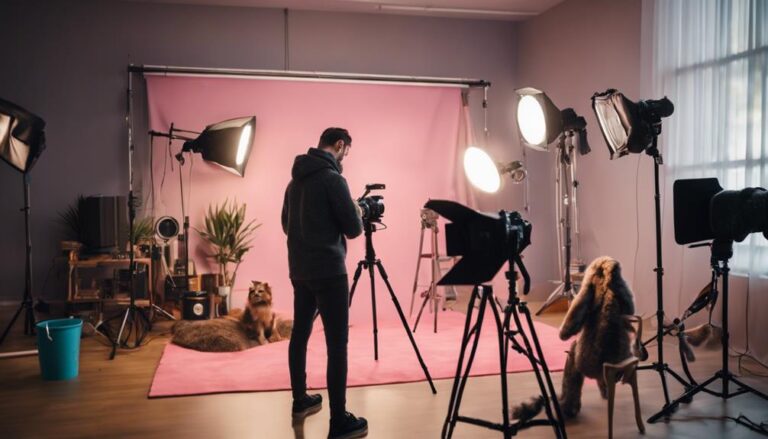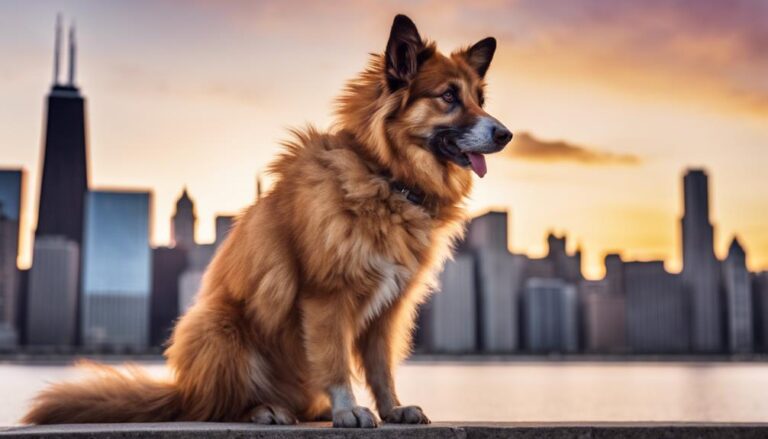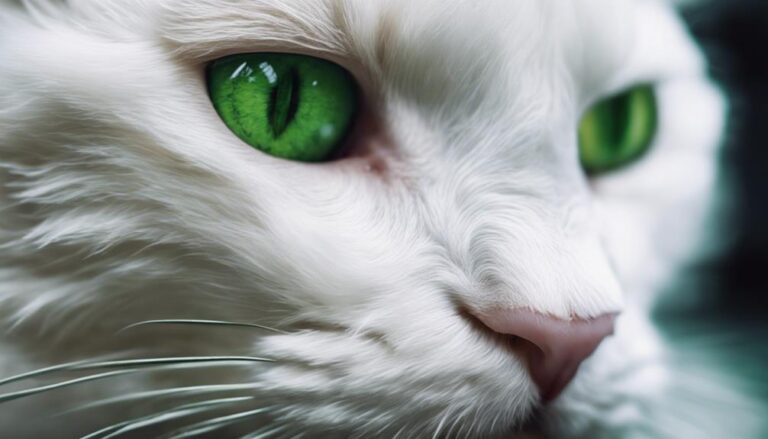If you dream of excelling in a pet photography career, formal education offers technical skills, networking opportunities, and credibility with clients. Understanding animal behavior helps anticipate moments and capture authentic pet portraits. Developing technical photography skills, lighting techniques, and post-production editing elevates the quality of your work. Specialized techniques like pet posing and action shots enhance creativity. Fundamentals such as lighting and composition play an important role in engaging images. Hands-on experience, industry trends, and equipment maintenance are also essential for success. For more insights into advancing your pet photography career, explore the detailed benefits and strategies.
Benefits of Formal Education
Wondering why formal education is beneficial for pursuing a career in pet photography? Well, let's explore the advantages that come with it. Attending formal education not only provides you with the necessary technical skills but also opens up a world of career advancement opportunities. By enrolling in photography programs, you gain access to valuable networking events where you can connect with fellow photographers, potential clients, and industry professionals. These connections can lead to collaborations, mentorships, and even job opportunities that can help propel your pet photography career forward.
Moreover, formal education guarantees that you are well-versed in industry standards, which is essential for establishing credibility and trust with clients. Understanding the best practices and norms in the field of pet photography can set you apart from competitors and showcase your professionalism. Additionally, educational programs offer various professional development opportunities such as workshops, seminars, and internships that can further enhance your skills and knowledge in pet photography.
Animal Behavior Understanding
Developing a deep understanding of animal behavior is essential for success in pet photography. When capturing images of pets, being able to interpret their body language and communication cues can make a significant difference in the outcome of your photographs. Animals communicate through various signals, such as vocalizations, facial expressions, and body postures. By learning to read these cues, you can anticipate their actions and reactions, allowing you to capture more authentic and engaging photos.
Body language is an important aspect of animal behavior to pay attention to. Dogs, for example, may wag their tails when they are happy or excited, while a tucked tail could indicate fear or anxiety. Cats may purr when content but may hiss when feeling threatened. Understanding these subtle cues can help you create a comfortable environment for the animals during the photoshoot, resulting in more natural and relaxed poses.
Communication cues go beyond just body language and include vocalizations and eye contact. Dogs might bark or whine to express their needs or emotions, while cats may meow or growl in different situations. Additionally, maintaining eye contact with an animal can convey trust and establish a connection, which can ultimately lead to capturing their true personality in the photographs. By honing your skills in interpreting these communication cues, you can elevate the quality of your pet photography and create stunning images that truly capture the essence of the animals you photograph.
Technical Photography Skills
When capturing pet photos, understanding camera settings basics will help you achieve the desired effects. Utilizing lighting techniques tailored for pets can enhance the overall quality of your images. Editing pet photos post-shoot is essential for refining and perfecting your final shots.
Camera Settings Basics
If you're new to pet photography, getting a hold on the essential camera settings is important for capturing stunning images of your furry subjects. Understanding exposure is essential to achieving well-balanced photos. Adjusting your aperture, shutter speed, and ISO settings will help control the amount of light entering your camera, ensuring your images are properly exposed. Composition techniques play a critical role in creating visually appealing pet photos. Consider the rule of thirds, leading lines, and framing to add interest and depth to your shots. Experimenting with different camera settings and composition techniques will enhance your pet photography skills and help you capture enchanting moments with your four-legged friends.
Lighting Techniques for Pets
To enhance your pet photography skills, mastering lighting techniques is essential for capturing mesmerizing images of your furry companions. When shooting outdoors, take advantage of natural light for a soft and flattering glow on your pets. Early mornings or late afternoons offer the best lighting conditions. In contrast, in a studio setup, artificial light gives you more control over the illumination. Experiment with different light sources and modifiers to create the desired mood in your pet portraits. Remember to avoid harsh shadows and make sure your pet's eyes are well-lit to bring out their expressions. Whether you're working with natural light outdoors or setting up artificial lighting in a studio, understanding these techniques will elevate the quality of your pet photography.
Editing Pet Photos
Enhance your pet photography skills by mastering the art of editing pet photos to bring out the best in your furry subjects. Utilize creative editing techniques like pet photo retouching to enhance colors, remove distractions, and create stunning visuals. Focus on improving your editing workflow efficiency by organizing your files, utilizing batch editing tools, and creating presets for consistent results. When editing pet portraits, pay attention to details like eyes, fur texture, and overall composition to make your photos truly stand out. Experiment with different editing styles to develop a unique look for your pet photography portfolio. Remember, editing plays an important role in refining your pet photos and making them more engaging for viewers.
Specialized Pet Photography Techniques
Exploring unique angles and perspectives can elevate your pet photography skills to capture enchanting moments with furry companions. To master specialized pet photography techniques, focus on pet posing techniques, creative pet editing, pet portrait composition, and pet action shots.
When it comes to pet posing techniques, experiment with different positions and angles to showcase the personality of the animal. Encourage natural movements and expressions to create authentic and engaging photos. Additionally, consider incorporating props or toys to add an element of playfulness to your shots.
In terms of creative pet editing, explore various editing tools and techniques to enhance the colors, textures, and overall aesthetics of your images. Play around with filters, overlays, and adjustments to achieve a unique and artistic look that complements the pet's features and surroundings.
When working on pet portrait composition, pay attention to the framing, background, and focal points of your photos. Aim to capture the pet's essence in a visually pleasing manner, keeping in mind the rule of thirds and leading lines to create visually appealing compositions.
Lastly, for pet action shots, be prepared to move quickly and adjust your camera settings to freeze motion and capture dynamic moments. Use burst mode to increase your chances of getting the perfect action shot, and experiment with different shutter speeds to convey movement effectively. By mastering these specialized techniques, you can take your pet photography to the next level and create stunning images that truly capture the spirit of your furry subjects.
Lighting and Composition Fundamentals
Start by understanding how adequate lighting and composition are essential elements in creating engaging pet photographs. When it comes to pet posing tips, consider using natural light to showcase your furry subject. Place your pet near a window or outside during the golden hours (early morning or late afternoon) to achieve a soft and flattering glow. Additionally, lighting techniques such as using reflectors or diffusers can help control harsh shadows and create a more balanced look.
Composition creativity plays a vital role in capturing captivating pet portraits. Experiment with different angles to highlight your pet's unique features and personality. Lower yourself to their eye level for a more intimate perspective or try shooting from above for a playful effect. Remember the rule of thirds – positioning your pet off-center can add interest to the composition and attract the viewer's eye to the subject.
To enhance your pet photography skills further, practice incorporating various elements into your compositions, such as textures, colors, and patterns. Pay attention to the background to make sure it complements your pet without being distracting. By mastering lighting techniques and experimenting with composition, you can elevate your pet photography to new heights and create stunning portraits that truly capture the essence of your furry friends.
Post-Production Editing Training
When it comes to post-production editing training for your pet photography career, you'll need to master editing software selection, color correction techniques, and retouching for perfection. By understanding these key points, you can elevate your pet photography to the next level and create stunning images that stand out. Training in these areas will help you refine your craft and deliver exceptional results to your clients.
Editing Software Selection
Consider selecting editing software that aligns with your specific post-production training goals to enhance your pet photography career. When choosing software, prioritize compatibility with your current tools and consider your user interface preferences. Look for programs that streamline your editing workflow, offering efficiency in organizing and editing your pet photos. Additionally, seek software that allows for seamless integration of creative effects to add a unique touch to your images. By selecting software that aligns with these criteria, you can enhance your editing process, save time, and produce high-quality pet photographs that stand out in the competitive photography market.
Color Correction Techniques
Explore essential color correction techniques in your post-production editing training to elevate the quality and visual appeal of your pet photography. By mastering color grading techniques, you can enhance the mood and atmosphere of your pet photos, adding depth and vibrancy. Understanding how color impacts storytelling through images is pivotal for conveying emotion and capturing the viewer's attention. Through artistic expression in color correction, you can create a cohesive look across your pet photography portfolio, establishing a unique style that sets you apart. Experimenting with different color schemes and tones will allow you to evoke specific feelings and moods in your pet portraits, making them more engaging and memorable for your audience.
Retouching for Perfection
Enhance the quality of your pet photography by mastering retouching techniques in post-production editing training. Through learning digital enhancements and creative editing, you can take your pet photos to the next level. Post-production editing allows you to correct imperfections, enhance colors, and create a polished final product. By understanding retouching tools and techniques, you can make subtle adjustments that greatly improve the overall appeal of your images. Training in retouching for perfection equips you with the skills to transform ordinary pet photos into extraordinary works of art. Embrace the power of post-production editing to refine your pet photography skills and capture stunning images that truly stand out.
Business and Marketing Strategies
Develop a strong business plan and effective marketing strategies to establish yourself in the competitive field of pet photography. When setting your pricing strategies, take into account your target market. Research what similar pet photographers are charging and adjust your prices accordingly. Consider offering different packages to cater to a variety of budgets and needs.
Branding is essential in distinguishing yourself from other pet photographers. Create a unique logo, choose a consistent color scheme, and develop a cohesive brand message that resonates with pet owners. Your brand should reflect your style, personality, and the quality of your work. Utilize social media marketing to showcase your brand and reach a wider audience. Regularly post engaging content, such as adorable pet photos, behind-the-scenes glimpses, and client testimonials.
To attract clients and grow your business, consider collaborating with local pet businesses, such as groomers, pet stores, or veterinarians. Offer to take professional photos of their products or services in exchange for promoting your pet photography services to their customers. Networking with other pet professionals can help you tap into new client bases and establish valuable partnerships.
Portfolio Development Guidance
Wondering how to curate a standout pet photography portfolio that captivates potential clients and showcases your unique style? When it comes to portfolio development for your pet photography career, two key elements to focus on are creative composition and pet posing techniques.
Firstly, creative composition plays an essential role in setting your portfolio apart. Experiment with different angles, lighting, and backgrounds to create visually striking images. Incorporating elements of the environment or using unconventional framing can add interest to your shots. Remember, your portfolio is a reflection of your artistic vision, so don't be afraid to think outside the box.
Secondly, mastering pet posing techniques is crucial for capturing engaging and expressive images. Whether you're photographing a playful puppy or a regal cat, understanding how to pose pets effectively can bring out their personalities in the photos. Practice working with pets to get comfortable directing them into poses that highlight their best features.
Network Building Opportunities
When building your network for a pet photography career, attending industry events can help you make valuable connections. Engaging in social media outreach strategies is another effective way to expand your network and reach potential clients. Collaborating with other photographers can also provide opportunities to learn and grow in the field.
Industry Events for Connections
Attending industry events is a valuable way to build connections and network for your pet photography career. Networking events provide opportunities to meet other professionals in the field, exchange ideas, and establish industry connections. These events often lead to collaboration opportunities, where you can work on projects with other photographers, pet businesses, or organizations, fostering community building and expanding your reach in the industry. By participating in industry events, you can gain insights into the latest trends, techniques, and technologies, while also showcasing your work and building a reputation within the pet photography community. Make sure to attend relevant workshops, conferences, and exhibitions to maximize your exposure and connections in the field.
Social Media Outreach Strategies
To enhance your network building opportunities, leverage social media outreach strategies in your pet photography career. Utilize influencer partnerships to expand your reach and engage with a larger audience. Stay updated on social media algorithms to guarantee your content is optimized for visibility. Focus on quality content creation that resonates with your followers, showcasing your pet photography skills and unique style. Monitor engagement metrics to understand what type of content performs best and tailor your strategy accordingly. Interact with your followers by responding to comments and messages promptly, fostering a sense of community around your brand. By implementing these social media outreach strategies effectively, you can establish a strong online presence and attract potential clients to your pet photography business.
Collaborate With Photographers
Consider collaborating with fellow photographers to expand your network and create new opportunities in your pet photography career. By working with other professionals in the field, you can benefit from shared knowledge, skills, and resources. Collaboration offers a chance to learn from each other, share experiences, and even combine strengths to tackle larger projects. Networking opportunities arise not only from joint projects but also from attending industry events together. These events provide a platform to meet potential clients, showcase your work, and build connections within the pet photography community. Additionally, collaborating on social media outreach can help increase your reach and visibility, attracting a broader audience and potential clients to your pet photography business.
Internship and Hands-On Experience
Acquiring practical skills through hands-on experience is vital for aspiring pet photographers looking to refine their craft. Fieldwork experience and mentorship opportunities provide invaluable insights into the day-to-day demands of pet photography. By immersing yourself in real-world scenarios under the guidance of experienced professionals, you can develop practical skills and gain a deeper understanding of the industry.
During internships, you'll have the chance to observe seasoned pet photographers in action, learning their techniques and approaches. This exposure allows you to see firsthand how theory translates into practice, enabling you to enhance your technical abilities and artistic vision. Mentorship opportunities further enrich your learning experience by offering personalized feedback and guidance tailored to your specific needs.
Engaging in hands-on experiences not only hones your technical skills but also cultivates essential soft skills such as communication, time management, and client interaction. These skills are pivotal for building a successful pet photography career, as they contribute to client satisfaction and business growth.
Through internships and practical fieldwork, you'll gain confidence in handling different pet personalities, lighting setups, and editing processes. This real-world application of your knowledge solidifies your understanding of pet photography concepts and prepares you for the dynamic nature of the industry. Embrace these opportunities to grow as a pet photographer, setting a solid foundation for your future endeavors.
Industry Trends and Best Practices
Stay informed about current industry trends and best practices to stay ahead in your pet photography career. Client relations and exceptional customer service are paramount in building a successful pet photography business. Establishing a strong rapport with pet owners, understanding their needs, and exceeding their expectations will not only result in satisfied clients but also in valuable word-of-mouth referrals. Respond promptly to inquiries, be attentive to details, and show genuine care for the pets you photograph.
When it comes to pricing strategies and competition analysis, it is crucial to conduct thorough research on what other pet photographers in your area are offering. Consider your level of experience, the quality of your work, and the unique value you bring to the table when setting your prices. Offering competitive rates while maintaining the quality of your service can help you attract more clients and stand out in a crowded market. Keep an eye on market trends, such as popular pet photography styles or emerging services, to adapt your offerings accordingly.
Equipment Selection and Maintenance
To excel in your pet photography career, it is crucial to carefully select and maintain your equipment for optimal performance and quality results. When it comes to pet photography gear essentials, invest in a high-quality camera that offers a good balance of resolution and speed to capture those quick and playful pet moments. Additionally, consider a variety of lenses to achieve different effects and perspectives in your shots.
Selection criteria for equipment should also include factors like portability, durability, and ease of use. Make sure to choose gear that suits your shooting style and the environments in which you typically work.
In terms of equipment maintenance tips, always keep your gear clean and dry to prevent damage. Regularly inspect your equipment for any signs of wear and tear, and address any issues promptly to avoid further damage.
Troubleshooting techniques are essential for pet photographers. Familiarize yourself with common issues such as focusing problems or exposure issues, and learn how to quickly troubleshoot them to make certain you don't miss important shots. Additionally, consider having backup equipment on hand in case of technical difficulties during a shoot. By following these equipment maintenance tips and selection criteria, you can be confident that your gear is always ready to capture those special pet moments with precision and clarity.
Certification and Continued Education
Consider pursuing certification and engaging in continued education to enhance your skills and credibility in the pet photography industry. Obtaining certification benefits you by providing validation of your expertise and dedication to the craft. Clients often seek out certified pet photographers, viewing them as more professional and knowledgeable. Certification can set you apart from competitors and open up opportunities for higher-paying jobs or collaborations with pet-related businesses.
Continued education opportunities in pet photography are vast and varied. Workshops, seminars, online courses, and conferences offer valuable insights into new techniques, trends, and technologies in the field. By staying updated through continued education, you can expand your skill set, learn from industry experts, and network with other professionals. This ongoing learning process not only keeps your work fresh and innovative but also demonstrates your commitment to growth and improvement.
Investing in certification and continued education shows potential clients that you are dedicated to providing high-quality pet photography services. It gives them confidence in your abilities and knowledge, ultimately leading to more business opportunities. Additionally, staying informed about the latest industry standards and practices through continued education ensures that your work remains competitive and relevant in the ever-evolving pet photography market.
Frequently Asked Questions
What Are the Common Challenges That Pet Photographers Face in the Industry?
When capturing emotions in pet photography, handling distractions is key. It requires patience and creativity to perfect timing and practice capturing those special moments. Stay focused, be patient, and let your creativity shine.
How Do Pet Photographers Handle Difficult or Uncooperative Animals During a Photoshoot?
When handling unruly pets during a photoshoot, try to remain calm and patient. Use positive reinforcement techniques and treats to encourage cooperation. Communicate with clients beforehand about their pet's behavior to manage expectations and guarantee a successful session.
Are There Specific Legal Considerations or Regulations That Pet Photographers Need to Be Aware Of?
When diving into the pet photography industry, be mindful of legal considerations and regulations. Challenges like handling difficult animals, meeting client expectations, and setting differentiation strategies are key in a competitive market. Stay informed and adaptable.
How Do Pet Photographers Navigate Client Expectations and Preferences When It Comes to Pet Photography?
When maneuvering client expectations and preferences in pet photography, effective client communication is key. Understanding pet behavior helps in capturing desired shots. Engage with clients to discuss vision, pet comfort, and any special requests.
What Are Some Unique Ways That Pet Photographers Can Differentiate Themselves and Stand Out in a Competitive Market?
To stand out in a competitive market, showcase your creativity with unique marketing and editing techniques. Incorporate stylish props and scout distinctive locations. By offering a fresh perspective and originality, you can attract clients and set yourself apart.
Conclusion
To wrap up, seeking formal education in pet photography can equip you with the essential skills and knowledge to thrive in this competitive industry. From grasping animal behavior to honing technical photography skills, a thorough education can help you stand out and excel in your career. With hands-on experience, industry trends knowledge, and ongoing education, you can guarantee you are equipped to capture stunning images of pets and their owners for years to come.

